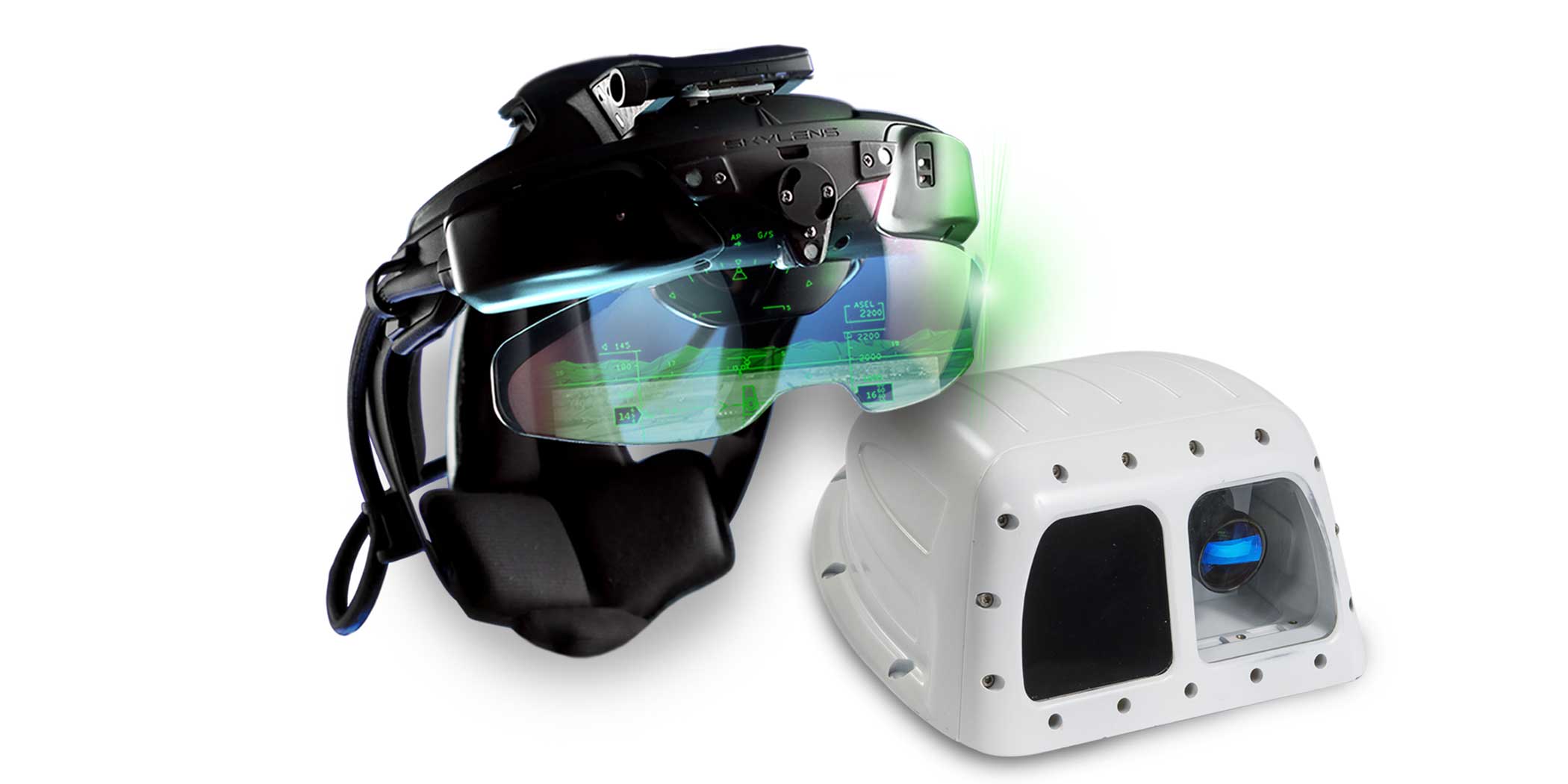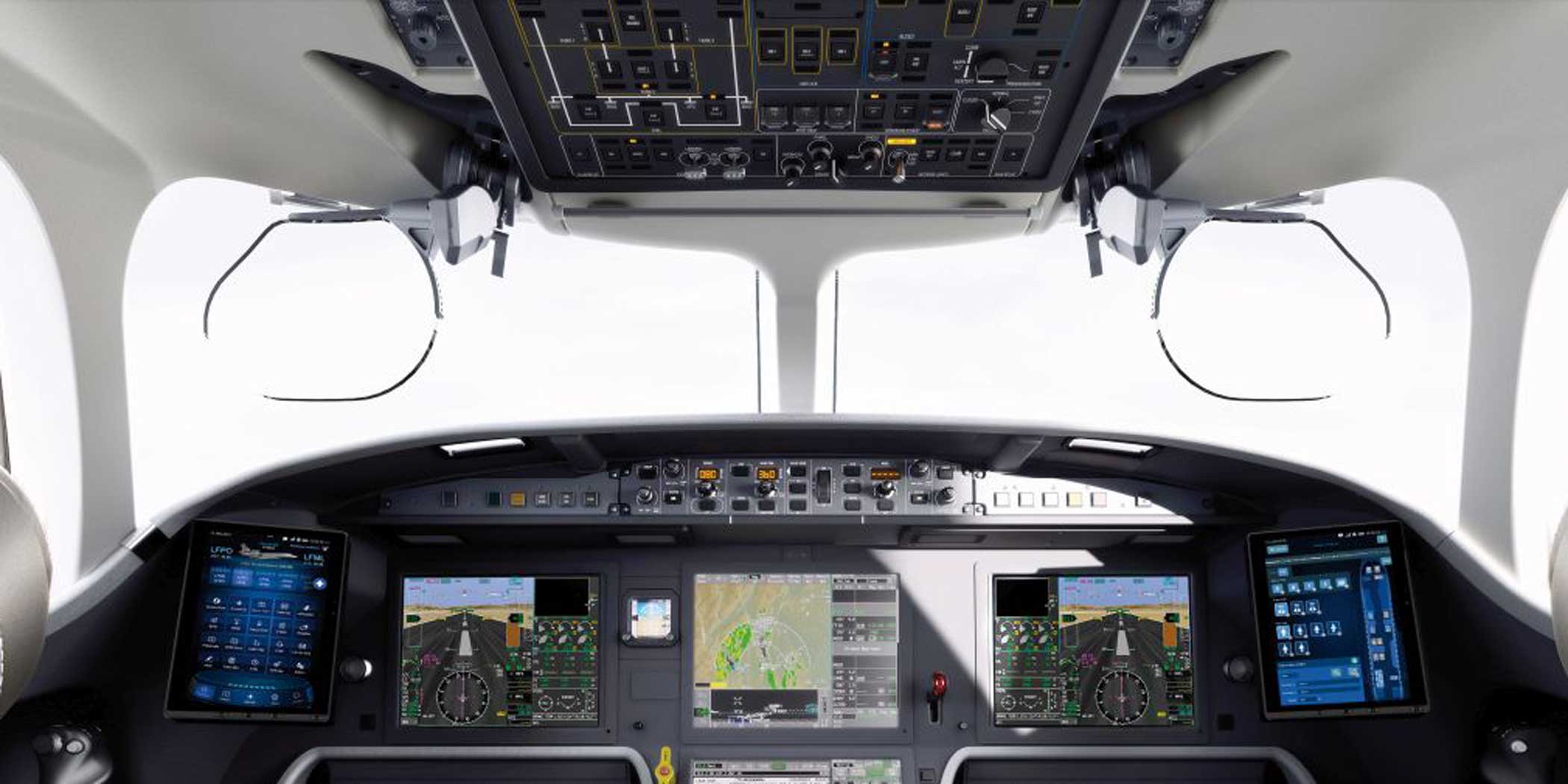Click Here to View This Page on Production Frontend
Click Here to Export Node Content
Click Here to View Printer-Friendly Version (Raw Backend)
Note: front-end display has links to styled print versions.
Content Node ID: 404133
Low-visibility procedures have been implemented in Europe for several years since the introduction of enhanced flight vision systems (EFVS) for credit and the one-third runway visual range (RVR) reduction. EFVS approaches are currently implemented across European airspace when landing at CAT I runways, using EFVS to 30-meter (100-foot) decision height.
The European Union Aviation Safety Agency (EASA) is currently working on the implementation of EVS-to-land that uses EFVS to touchdown and rollout. The related "CS AWO EFVS-Landing" certification specifications are set to publish later in 2021.
Progress So Far
According to Dror Yahav, CEO of Universal Avionics, EFVS implementation has so far been limited because the operators need to perform airport investigations to ensure safety margins. “As EFVS is expected to continue and become more common, EASA and the EU are working to establish more streamlined processes where the airport certification for EFVS will be done by the airport itself, lifting some burden from the operators,” said Yahav.
EASA has certified EFVSs on business aircraft based on HUDs and infrared cameras. “Some aircraft also implement combined vision systems [CVS], which are a combination of EFVS and synthetic vision systems [SVS], that provide a depiction of the surrounding terrain based on a terrain database," an EASA spokesperson told AIN.
“EFVSs have been certified for an operational credit on the decision height. It is permitted to reduce the decision height/altitude to a value not less than 100 feet on precision and nonprecision approaches. At the published minimum, the approach can be continued if visual references are seen with the help of the EFVS. At an EFVS minimum of not less than 100 feet, the visual references must be acquired with natural vision to continue the approach,” the spokesperson added.
The Single European Sky ATM Research Joint Undertaking (SESAR JU) has carried out extensive testing and demonstrations of the EFVS solution, which was delivered by the program in 2019. “We are delighted to see the equipage of aircraft with this SESAR solution and implementation of EFVS operations starting in Europe,” said SESAR JU executive director Florian Guillermet.
Types of Enhanced Vision Technology
Enhanced vision systems (EVS) are available on most midsize and large business aircraft. “Collins Aerospace EVS is available on several Bombardier and Embraer flight decks, as well as on the Boeing BBJ. It is a light and aerodynamic solution certified for EFVS low-visibility operations when paired with a HUD,” said Lorrin Johnson, principal marketing manager for transparent displays and vision systems at Collins Aerospace. “With just three sensors within one camera, we have an EFVS approach and landing certified product that has achieved the highest visual advantage attainable today.”
Yahav observed that EFVS as part of super-midsize and larger business aircraft is done mostly as a forward-fit option or standard equipment, but in some cases is also available as a retrofit. He aims to expand the market with the company's ClearVision EFVS solution, which is developed and certified based on a wearable HUD called the SkyLens Head-Wearable Display (HWD).
"SkyLens allows the technology to become relevant and affordable to two market segments, in particular new small and medium-size aircraft—where the HWD can fit—and retrofit aircraft, where installation becomes easier and more affordable,” he said. “In addition, the SkyLens HWD allows unlimited field of regard, which provides new functionality such as panoramic synthetic vision.”
An EVS-equipped aircraft enables more than just lower operating minima, according to Johnson. “The EVS provides greater situational awareness during night flights, helps prevent the surprise of runway incursions, and allows pilots to see through weather and low-visibility conditions during all phases of flight. This makes improved pilot safety another key reason to fly with EVS," she said.
"SVSs and synthetic vision guidance systems [SVGS] are also available for business aircraft,” Johnson added. “Embraer’s Praetor was first in the industry to certify SVGS heads down back in November. SVGS allows pilots to receive lower operating minima on a special authorization CAT I runway with a certified SVGS system and a head-down display [no HUD required], changing the 200-foot decision height [DH] to 150 feet DH for CAT I landings. Our third vision system product, Collins Aerospace CVS, overlays EVS and SVS in a single blended image, providing a truly combined solution. Vision system and HUD options are available for retrofit at the OEMs's discretion on select aircraft.”
Dassault has certified an operational CVS known as FalconEye, which is EASA and FAA certified for EFVS 100-foot operations. The system is currently available on the Falcon 8X, 900LX, Falcon 2000 series, and will also be on the Falcon 6X and 10X when certified in 2022 and 2025, respectively.
“This EVS produced in partnership with Elbit, which comprises six nose-mounted sensors and the HUD, has a field of view of 40 degrees horizontal by 30 degrees vertical, showing the EVS and SVS imagery separately,” a Dassault spokesman said. “This EVS camera is multisensory and embeds fusion algorithms. It is designed to see LED lights to overcome the limitation of the first generation of EFVS.
"The use of six different sensors allows it to present the best images from both the near-visible and infrared spectrums. For example, one can detect LED runway lighting before the pilots’ naked eyes could. Four sensors are dedicated to light detection during daytime operations. One is dedicated to night conditions and one thermal sensor is used for terrain imaging”.
Increasing Airport Access
Indeed, medium and small airports, with their limited resources to invest in advanced ground infrastructure to support all-weather operations, have significant potential gains to derive from EFVS technology.
“The cockpit solution increases the performance and reliability of landing operations and enables business aviation, regional, and even commercial airspace users to access all airports, but especially secondary ones, no matter what the weather, thereby avoiding cancellations, diversions, and delays,” said SESAR JU's Guillermet. “We hope to see more airports declared suitable for EFVS operations so that they can benefit from this safety-enhancing solution.”